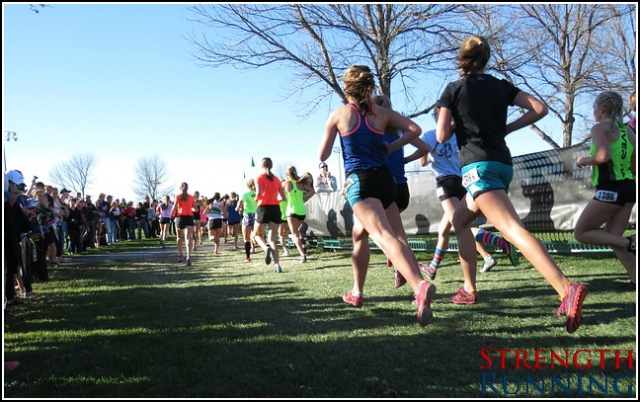Runners have a clear super-power: we persevere when the tough gets tougher. We revel in adversity.

Maybe you’re a totally new runner… but you sign up for that 5k anyway.
Or you’re a multi-year veteran of the sport… but you’re gearing up for an audacious marathon attempt.
You might also be like one of my clients who struggled to run a disappointing, hot, technical trail marathon (she literally said “the hardest race of my life”)… only to dust herself off and keep training for her ultra this fall.
There’s an interesting “glitch” in our psychology that tells us to defy the odds, believe in ourselves, and never give up.
Perhaps running causes that mindset.
Or maybe running attracts folks who have a predisposition for grit.
Either way, running makes me feel like I’m in a private club of super heroes.
And sometimes, we go for broke:
- Already a marathoner? Try PRing by 38 minutes.
- Injured? Come back strong and run faster than you ever have in a decade.
- Out of shape? Lose 60 pounds.
As many of you know, I love goals like this.
Goals that might seem “impossible,” but with the right approach (and a healthy dose of some old-fashioned tenacity), are ultimately achievable.
That’s why I don’t promote get-fast-quick-schemes or “run less, run faster!” empty promises.
Just actionable coaching guidance that’s proven to work with no fluff (ok ok, this article was definitely fluff – but I think we can all agree it’s hilarious).
And I love highlighting those runners who are accomplishing epic, “impossible” goals.
Recently I introduced you to Joel Runyon who recently ran an ultramarathon on every continent – and raised a staggering $190,000 in the process.
Today, we’re diving deeper into the obstacles he faced, lessons learned, and what he’d change if he were to do it all over again.
“26 miles into a 39 mile race I completely wrecked my ankle”
In part two of our conversation, Joel opens up about the obstacles he faced while attempting to finish the 777 Project.
They included injuries, unrelated lawsuits, brutal trail races in the mountains of Thailand, and the normal logistical nightmares of running races all over the world.
Of course, Joel didn’t quit.
It didn’t matter that he had to take 6 months off to rehabilitate a peroneal tendon injury.
He didn’t care that every race – and the travel that went along with it – was self-funded.
Nor was it even an option to quit during a race (how’s that for commitment?).
More important than the mindset that allowed Joel to leapfrog these obstacles is the impact and lessons learned from the 777 Project.
We cover all that and more in today’s episode of the Strength Running Podcast:
Show Links & Resources:
- 777 Project
- Joel on Instagram
- Joel on Twitter
- David Goggens
- The 100-Mile Man (Jesse Itzer)
- SR’s injury prevention course
If you enjoyed this episode of the Strength Running Podcast, an honest iTunes review is most appreciated!
This episode is sponsored by Health IQ, an insurance company that helps health conscious people get special life insurance rates. Head on over to healthiq.com/strengthrunning to see how your running can help you save on insurance.
They’ve pulled the latest data on runners’ health risks to convince insurance companies to offer cheaper rates. Just consider:
- Runners have a 41% lower risk of heart disease
- Runners also have up to a 35% lower risk of premature death
And they’ve been successful: over the last three years, they’ve helped health-conscious athletes secure billions of dollars in coverage.
Want to see if you qualify for cheaper life insurance? Check out this tool to get your free quote.